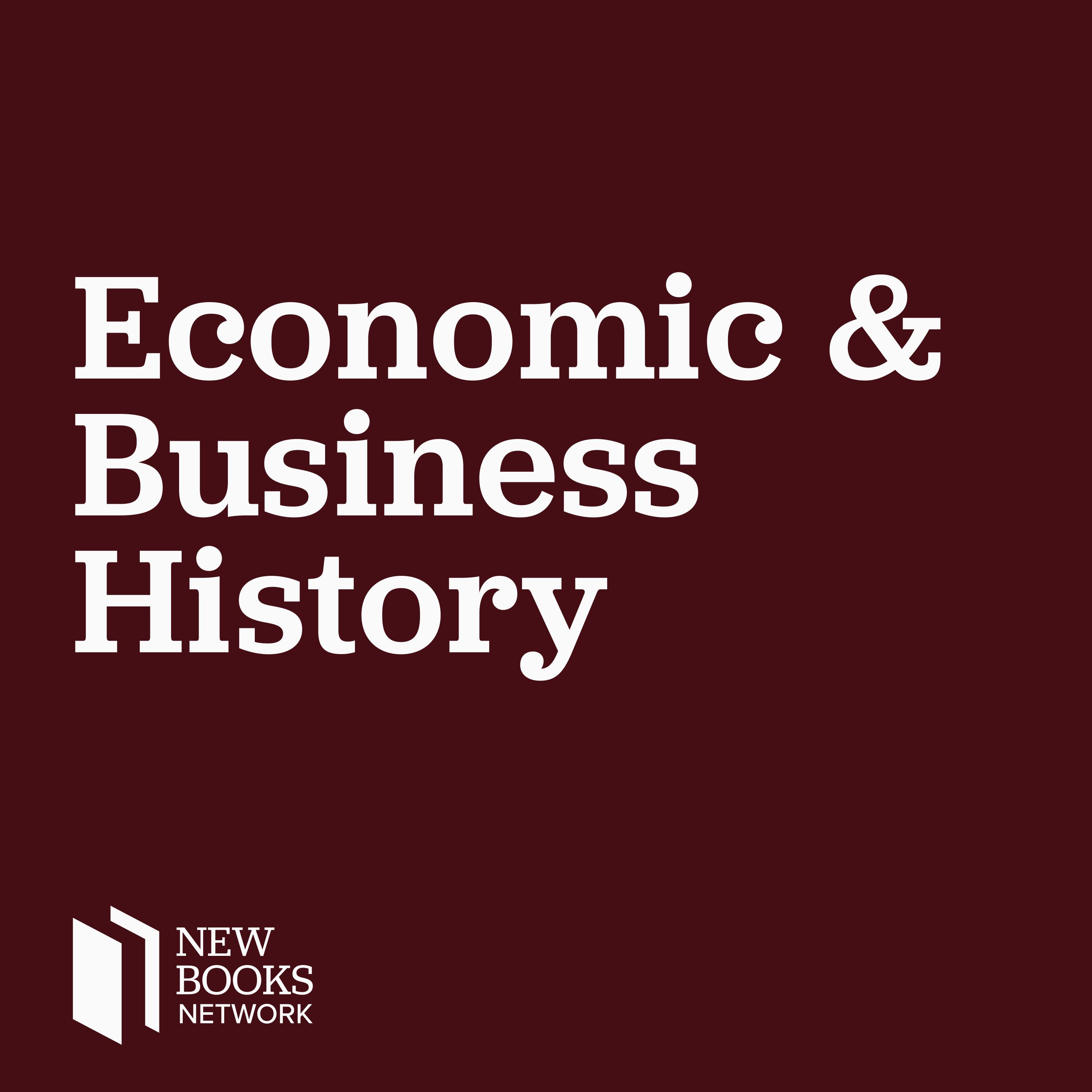
Christopher Craig, "Middlemen of Modernity: Local Elites and Agricultural Development in Meiji Japan" (U Hawaii Press, 2022)

New Books in Economic and Business History
Shownotes Transcript
Christopher Craig’s Middlemen of Modernity: Local Elites and Agricultural Development in Meiji Japan)* *(U Hawaii Press, 2022) is a thoroughly research and engaging study of the role of local elites in the modernization of the Japanese countryside in the prewar era. “Agriculture,” Craig’s writes, “is given short shrift in the story of Japanese modernity. Farming and modernization seem to exist at opposite ends of a spectrum.” This is true for both contemporary historians, who tend to neglect agricultural modernization, and the Meiji government who dedicated little attention and resources to agriculture. Thus, with the state focused more on the emblematic goals of mechanization, urbanization, and a modern military, it fell upon local elites in villages across the country to bring rice production into the modern era. Middlemen of Modernity is a comprehensive study of the role of these elites. The book is studded with stories of individual actors that remains closely connected to Japan's development and presents a history of agriculture from the early Meiji period to the postwar American occupation.
Craig’s chooses the area of Miyagi as his case study. Miyagi is a region often associated with failure and disaster. Known mostly as the site of the 3.11 disaster, and often associated with backwardness and underdevelopment (even as “Japan’s internal colony”). Miyagi, Craig’s shows, was one of the most prosperous agricultural regions in Japan prior to 1945. The drivers of this prosperity were the *chihō meibōka *(local notables). Local *meibōka, *like “Mayor Straw Sandals” Kamata Sannosuke, who became the emblematic figure of the movement, supposedly occupied the exact place government planners prescribed for them. Meiji-era agricultural policy called for village elites to mobilize their wealth and local reputations to introduce improved farming methods, transform the physical landscape, and increase agricultural production. Yet, as Craig shows the *meibōka *had their own agendas vis-à-vis both the government and their fellow farmers. Craig’s work shows the multi-directional nature of state-society interactions during this era. The book tells an important unknown story of the role of rural civil society in Japan’s modernization (a story often told through the lens of Tokyo and top-down modernization) and demonstrates that “agriculture was neither contrary nor ancillary to the larger project of modernization” of Japan in the 19th and 20th centuries, but an important driver of change.
*Ran Zwigenberg) is an associate professor at Pennsylvania State University.*
Learn more about your ad choices. Visit megaphone.fm/adchoices)